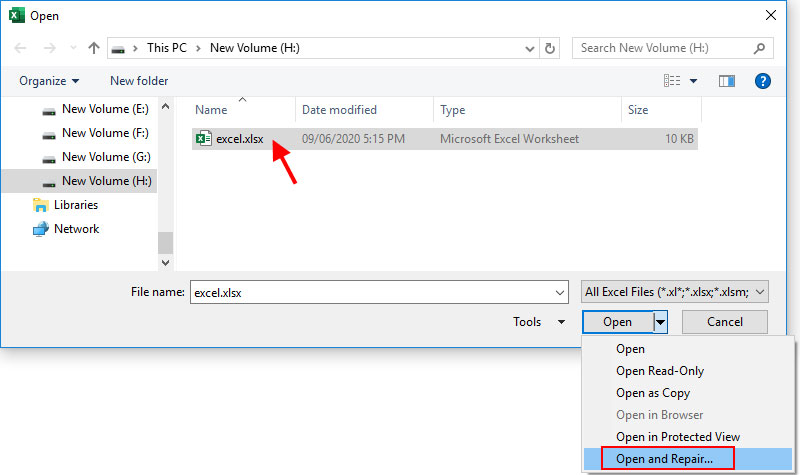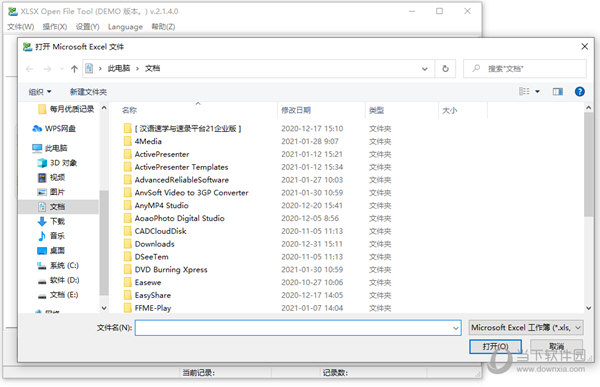

$(3).Rows.Item($counter) = $result.Status $(1).Rows.Item($counter) = $result.PSComputerName # Fill in Excel cells with the data obtained from the server

$result = Invoke-Command -Computername $computer –ScriptBlock # Connect to each computer and get the service status

$computers = (Get-ADComputer -Filter 'operatingsystem -like "*Windows server*" -and enabled -eq "true"').Name
Open xslx file veusz windows#
# Get the list of all Windows Servers in the domain # Make the table head bold, set the font size and the column width $ExcelWorkSheet.Name = 'Spooler Service Status' You can use the Get-ADComputer cmdlet to get a list of servers in Active Directory, and use the WinRM Invoke-Command cmdlet to remotely check the status of a service on the servers. $(6).Rows.Item($i) = $ADuserProp.mailĪs a result, the columns containing AD information have been added for each user in the Excel file. $(4).Rows.Item($i) = $ADuserProp.telephoneNumber # Fill in the cells with the data received from AD $ADuserProp = Get-ADUser $ADusername -properties telephoneNumber,department,mail|select-object name,telephoneNumber,department,mail # Get the values of user attributes in AD # Loop through all rows in Column 1 starting from Row 2 (these cells contain the domain usernames) # Get the number of filled in rows in the XLSX worksheet $ExcelWorkBook = $("C:\PS\corp_ad_users.xlsx") $ExcelObj = New-Object -comobject Excel.Application # Importing Active Directory module into PowerShell session To get information about AD user attributes, we will use the Get-ADUser cmdlet from the PowerShell Active Directory module.


 0 kommentar(er)
0 kommentar(er)
